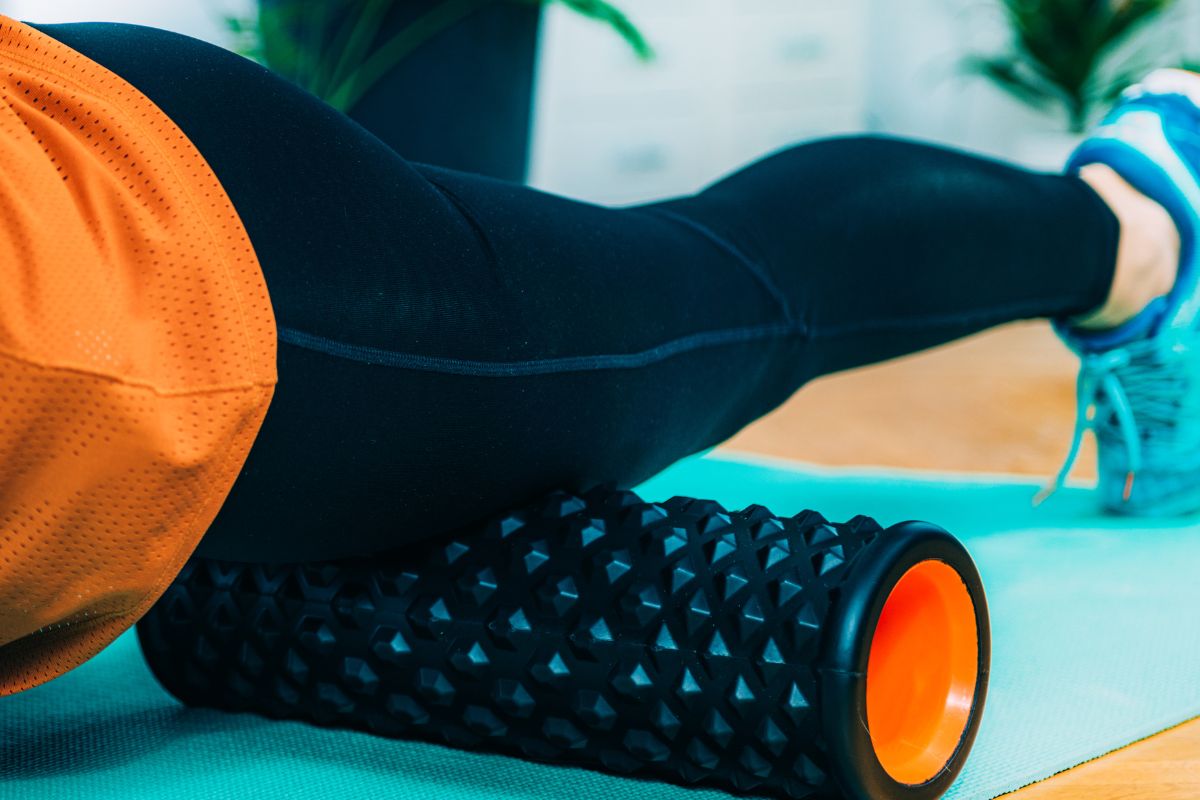How to Fix Sore Quads After Running?

While it is normal for runners to have aches, minor pains, and twinges, some warning signs should not be ignored. How do you know if it is a twinge that is a normal part of running rather than something you should be concerned about?
We have that answer and more.
What Are Quads?
Your quads, or quadriceps muscles, are a group of muscles at the front of your leg. These four muscles run up the thigh from your pelvis to your knee.
Is It Normal for Quads to Hurt After Running?
First, it is essential to know the difference between pain and discomfort. One must also think about the type and frequency of training to get to the bottom of the aches experienced by an athlete.
There are some situations when it is normal to have aching quads. Here are some questions to ask yourself:
- Are you a new runner? Those new to running can expect some “growing pains” as your body acclimates.
- Have you amped up your mileage? Adding mileage can also leave your body feeling a little sore.
- Did you add weight training to your workouts? This quad ache might be expected if you have recently added strength training or done a strenuous leg workout.
- Do you do speed workouts? Adding speed workouts to your regiment is sure to get your body feeling like it’s been through the ringer.
All of the above situations are why it is so important for runners to remember that easy run days are just as essential to your workouts as harder workouts. Your body needs those easy runs for recovery.
Why Do My Quads Get Sore So Easily?
Should I Exercise or Run if my Quads are Sore?

Mild soreness or muscle stiffness is common after a workout, especially if you’ve recently increased your exercise intensity or started a new routine. In such cases, light exercise or gentle running can actually help alleviate the soreness by increasing blood flow to the muscles and improving flexibility.
However, if the soreness is severe, limits your movement, or is accompanied by sharp pain, it’s wise to rest until the discomfort subsides. Continuing to exercise on severely sore or injured muscles can lead to further damage and prolong recovery. During this time, focus on rest, hydration, and possibly gentle stretching or foam rolling to aid recovery.
Effective Ways to Treat Quad Pain
Latest Articles
 Is Running on a Treadmill Easier Than Running Outside?Runners have their own preferences, whether it is treadmill running, running outside on the road, or exploring trails. So...
Is Running on a Treadmill Easier Than Running Outside?Runners have their own preferences, whether it is treadmill running, running outside on the road, or exploring trails. So... Is It OK to Use Trail Running Shoes on the Road?While trail running shoes can be used on roads, especially in situations where a runner encounters mixed terrains or pref...
Is It OK to Use Trail Running Shoes on the Road?While trail running shoes can be used on roads, especially in situations where a runner encounters mixed terrains or pref... How to Fix Sore Quads After Running?Rest, ice, gentle stretching, and over-the-counter pain relievers can help soothe sore quads after running. Also, ensure ...
How to Fix Sore Quads After Running?Rest, ice, gentle stretching, and over-the-counter pain relievers can help soothe sore quads after running. Also, ensure ... 10 Fruits With The Most Electrolytes to Replace Sports DrinksThese fruits are high in electrolytes such as potassium, magnesium, and calcium, essential for hydration, muscle function...
10 Fruits With The Most Electrolytes to Replace Sports DrinksThese fruits are high in electrolytes such as potassium, magnesium, and calcium, essential for hydration, muscle function...

